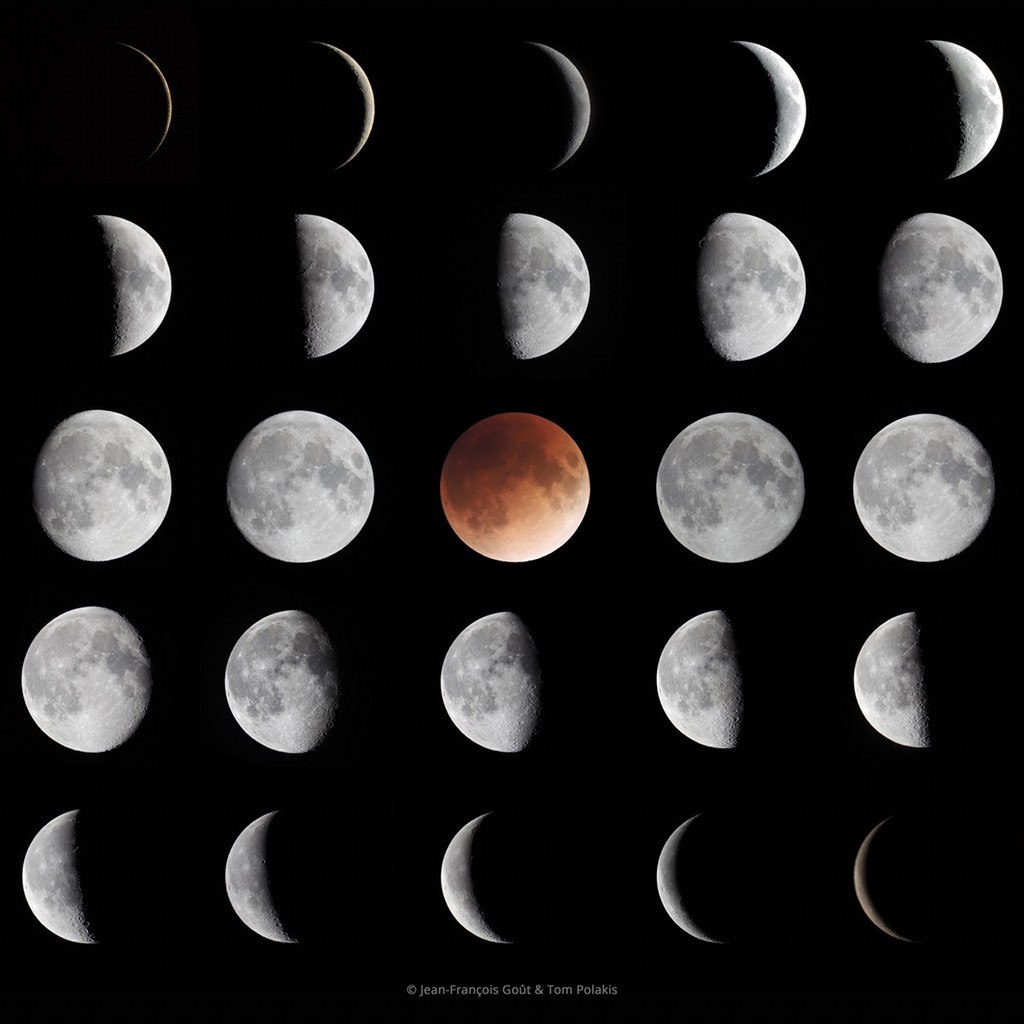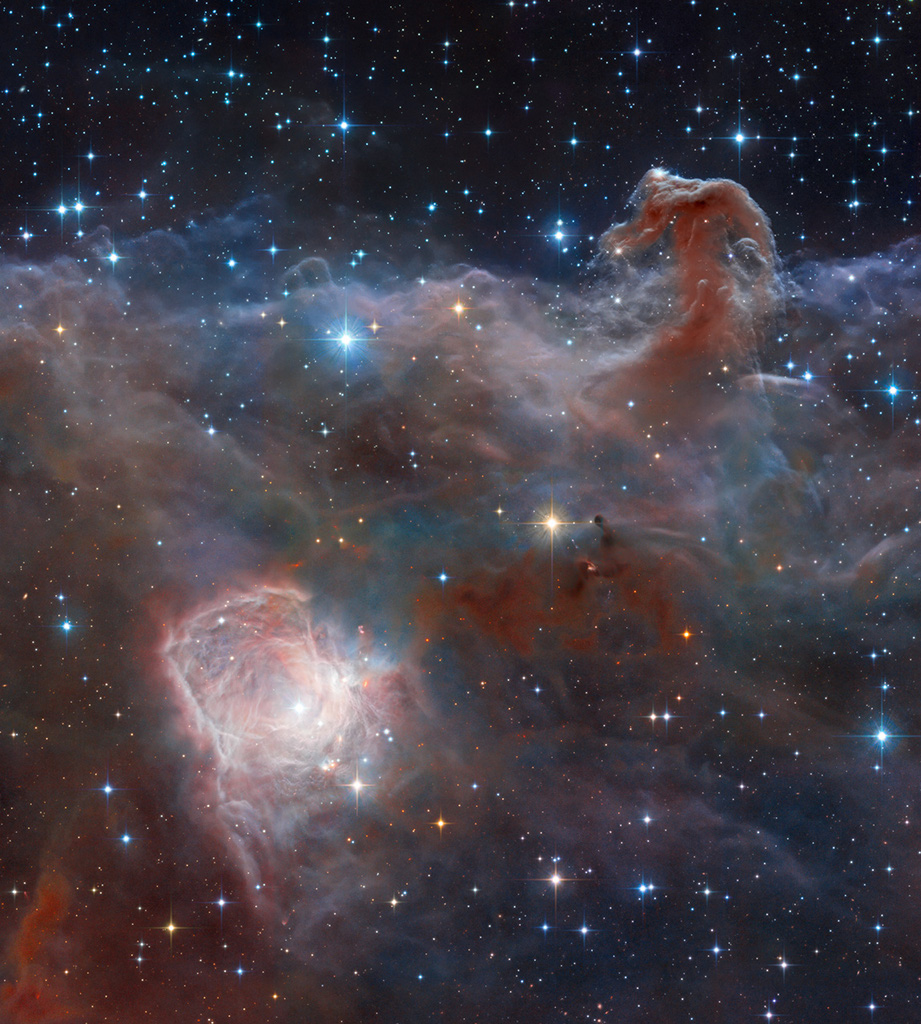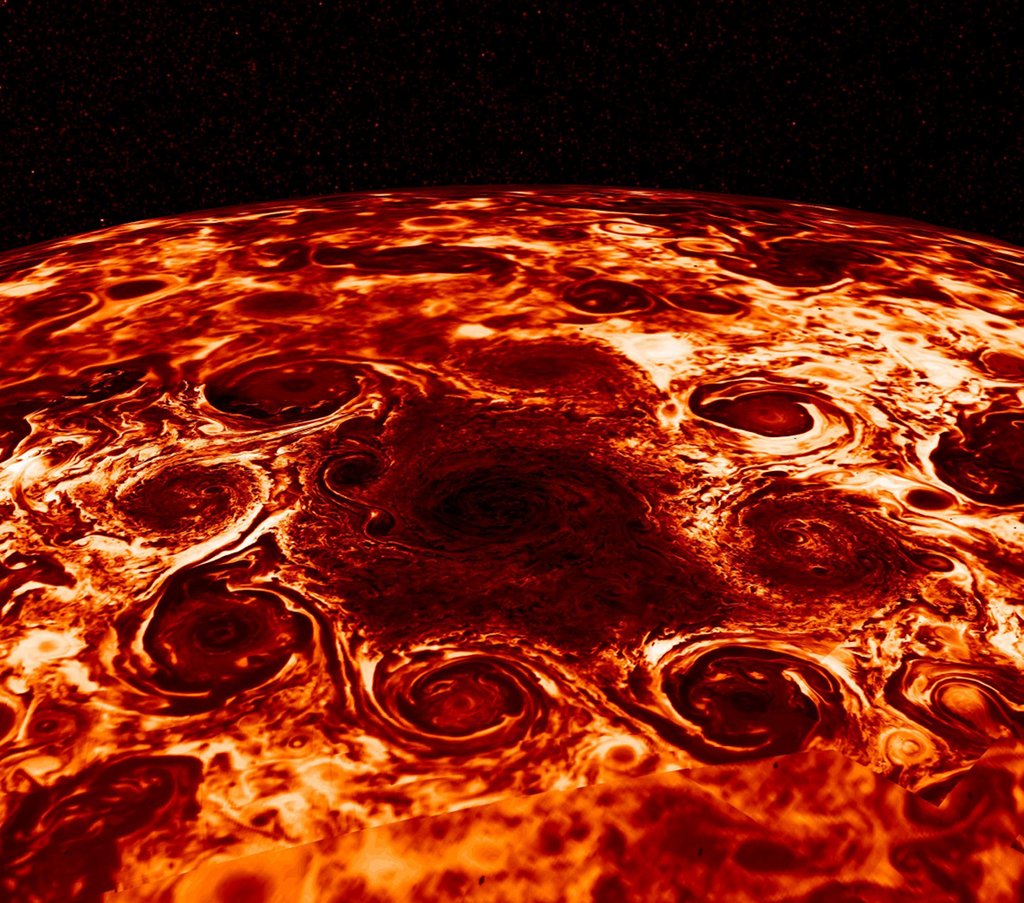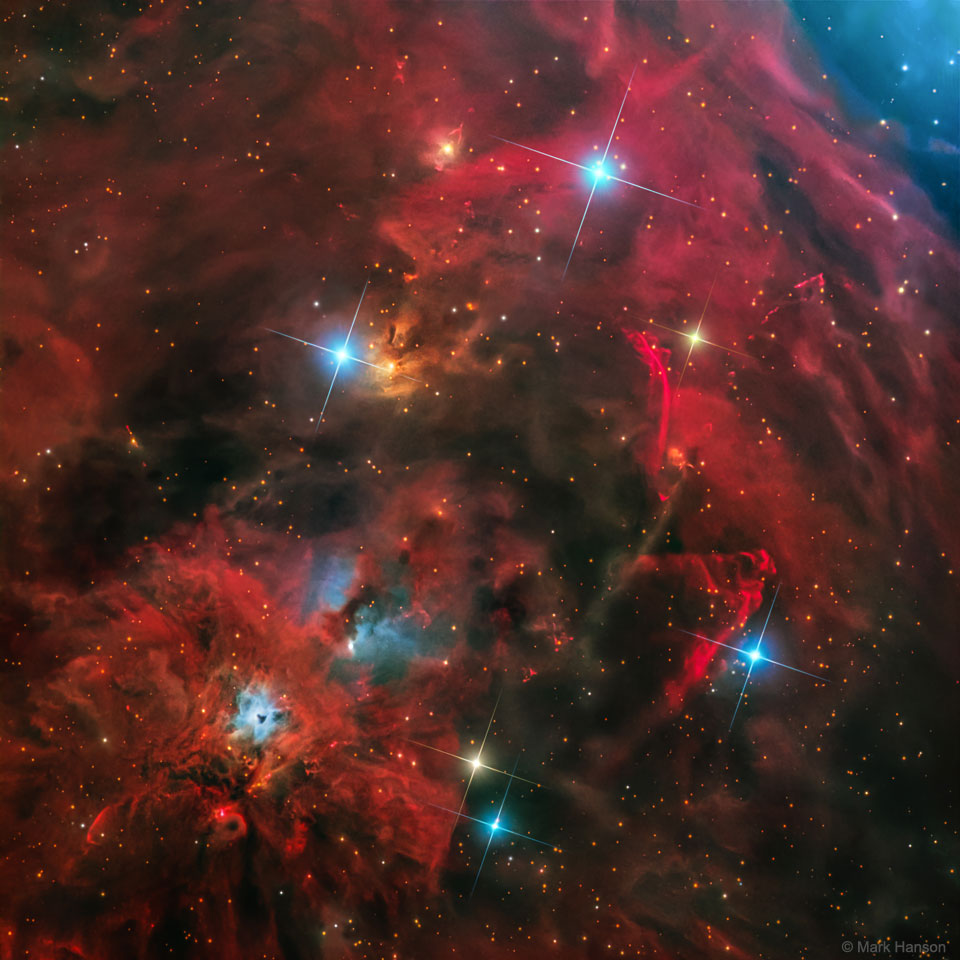
Phases of the Moon


The National Science Teachers Association (NSTA) Conference in Atlanta will speak with NASA astronaut Scott Tingle, currently living and working aboard the International Space Station, at 10:40 a.m. EDT Friday, March 16.
from NASA http://ift.tt/2p3dVbj
via IFTTT![]()


NASA has selected 128 proposals from American small businesses to advance research and technology in Phase II of its 2017 Small Business Innovation Research (SBIR) program. These selections support NASA’s future space exploration missions, while also benefiting the U.S. economy.
from NASA http://ift.tt/2FlL9xy
via IFTTT![]()

Media accreditation now is open for the launch of a NASA spacecraft that will search for planets outside of our solar system with a field of view almost 400 times larger than that of the agency’s Kepler mission.
from NASA http://ift.tt/2oWbMOj
via IFTTT![]()